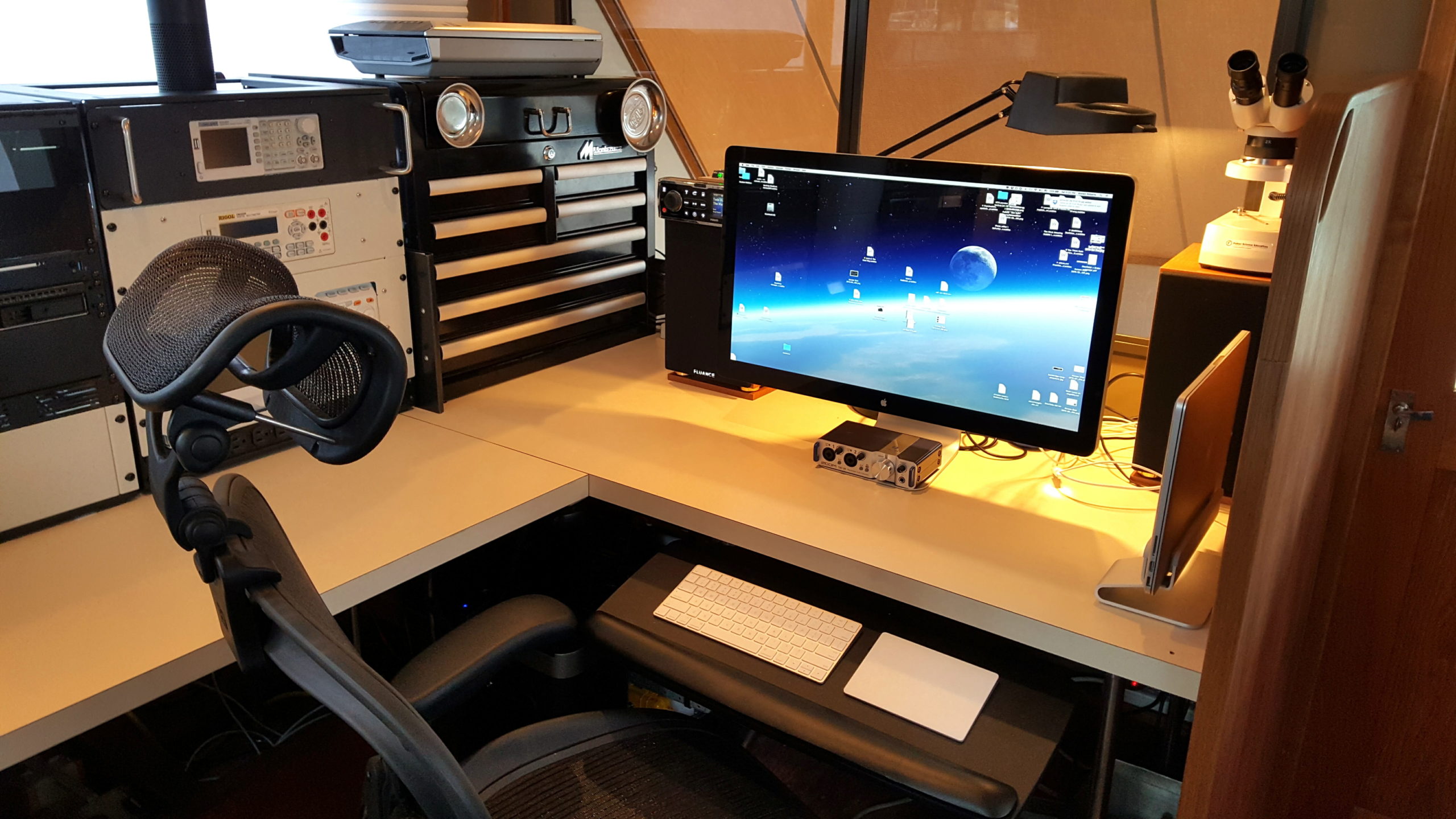

I was about to give up but later found out that I can install and use Windows 10 without a key. However, the Windows 7 installer did not accept this as a valid key for whatever reason.

While I no longer have my Windows 7 installation disk, I still have the key since it is on a sticker that is stuck on my desktop. However, I later found out that I had only purchased an "upgrade key", which meant that I could not use it with a fresh installation. I had previously purchased a Windows 8 key, so I thought I'll download an ISO and create my own installation disk. Firstly, I no longer have the Windows 7 installation disk that came with my desktop. This post is on how I set up my Windows desktop for bioinformatics in 2019.īefore I begin I'd just like to briefly share my experience of re-installing Windows because I ran into several problems. Recently, I re-installed Windows and have been quite impressed with its usability. Since then, my interaction with the Windows operating system has been minimal. A few years later, I wiped my Windows installation from my home desktop computer and replaced it with Ubuntu. I had switched over to the Mac operating system (Mac OS X) for work when my HP laptop was replaced with a MacBook Air sometime in 2012.

The Mac Pro uses DDR4 ECC memory, and has 12 DIMM slots. Apple also offers 12-, 16-, 24-, and 28-core processors. ProcessorĪpple uses Intel Xeon W processors, starting with a 3.5GHz 8-core CPU. The Mac Pro will have a design similar to the current Mac Pro, but smaller. The graphics processor will have 64 or 128 cores. The Mac Pro could be available in “20 or 40 computing core variations” that feature 16 or 32 performance cores and four or eight efficiency cores. According toīloomberg’s Mark Gurman, the new Mac Pro won’t ship until next year, but when it does become available, it’s going to have serious processing power. The Mac Pro, Apple’s workstation, will be the last Mac to be outfitted with Apple silicon. The latest: Apple silicon Mac Pro could come next year


 0 kommentar(er)
0 kommentar(er)
